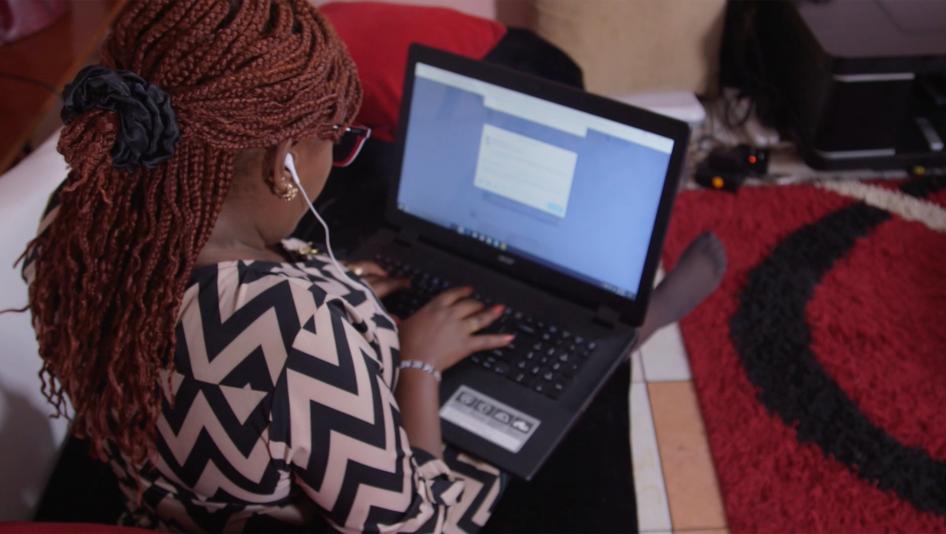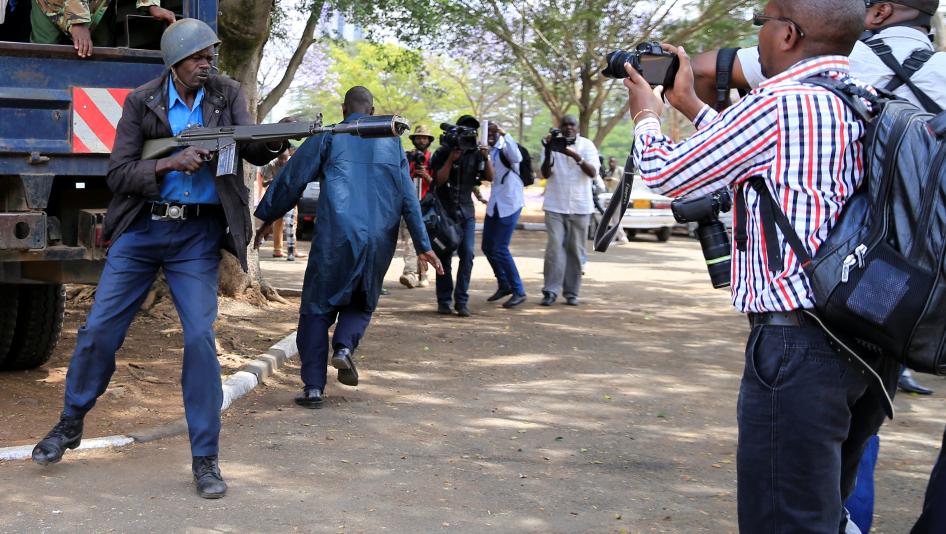Space for Marginalized Groups in Kenya Election?
Once again, marginalized groups in Kenya are being left at the margins of another election cycle.
Despite guarantees in Kenya’s Constitution, not enough is being done to ensure that marginalized groups - women, people with disabilities, youth and representatives of smaller communities – fully participate in the August election.
Although Kenya is socially and politically diverse, ethnic identity is the main basis of political representation. Constituencies or counties roughly correspond to historic homelands of large ethnic groups that tend to dominate politically. This makes it difficult for ethnic minority groups to access political power and defend their socio-political rights.
The Kenya Constitution defines marginalized groups in a broad sense that reflects the many ways in which groups have historically been excluded from politics, and prescribes various levels of affirmative action to address that. Women, people with disabilities, youth and representatives of smaller communities are entitled to additional political support in this framework. Kenya has also adopted international treaties protecting the rights of historically marginalized groups, including the Convention on the Elimination of All Forms of Discrimination Against Women and the Convention on the Rights of Persons with Disabilities.
But representatives from rights groups argue that not enough is being done to implement these protections for the upcoming elections. In May 2017, United Disabled Persons of Kenya (UDPK), an umbrella group for people with disabilities, said several barriers still exist to full participation in the election for the estimated six million persons with disabilities.
“We do not have books, for instance, in braille. Even organizations that have taken up voter education tend to forget [people with disabilities].” said David Towett, Central Rift regional coordinator for the Independent Election and Boundaries Commission (IEBC), which oversees elections.
Women have also been historically marginalized in Kenyan politics and make up only 21% of the current legislature, in breach of the “two-thirds gender rule,” which holds that legislative bodies should not be comprised of more than two-thirds of one gender. According to some reports, out of the 11,330 candidates in the 2017 election, only 2,077 are women, many of who will be running against each other for positions as women’s representatives.
According to groups like UDPK and FIDA Kenya, a leading national women’s rights organization, more needs to be done to ensure full participation. For example, since voting often runs into the night, both women and people with disabilities are reluctant to wait in long lines for security reasons. These fears were borne out during the April primaries, where according to FIDA and the Kenya National Commission on Human Rights, individuals were subject to intimidation and violence at polling stations, including attempted rape.
At the same time, 32 of the country’s 43 ethnic communities have fewer than 1 million people. Many smaller groups are pastoralists and struggle to access polling stations and election material. In February 2017, representatives from pastoralist communities insisted they needed more time to register to vote, not only because of difficulty in accessing the polls, but because the ongoing drought had pushed voting further down their priority list as people struggled to find food.
According to a 2012 Minority Rights Group International report, lack of political power has severe consequences for smaller ethnic groups in Kenya, including the forced eviction of groups from traditional homelands and a reluctance to seek redress from state institutions. This in turn fuels clashes over pasture land and access to water in parts of the country. The under-representation of women and people with disabilities in parliament creates room for the passage of discriminatory laws.
Structural accommodations for marginalized groups are constitutionally mandated and absolutely necessary for a free and fair election. The IEBC should take specific measures to integrate the needs of such groups, and to protect the right of every Kenyan citizen to participate in the election.






